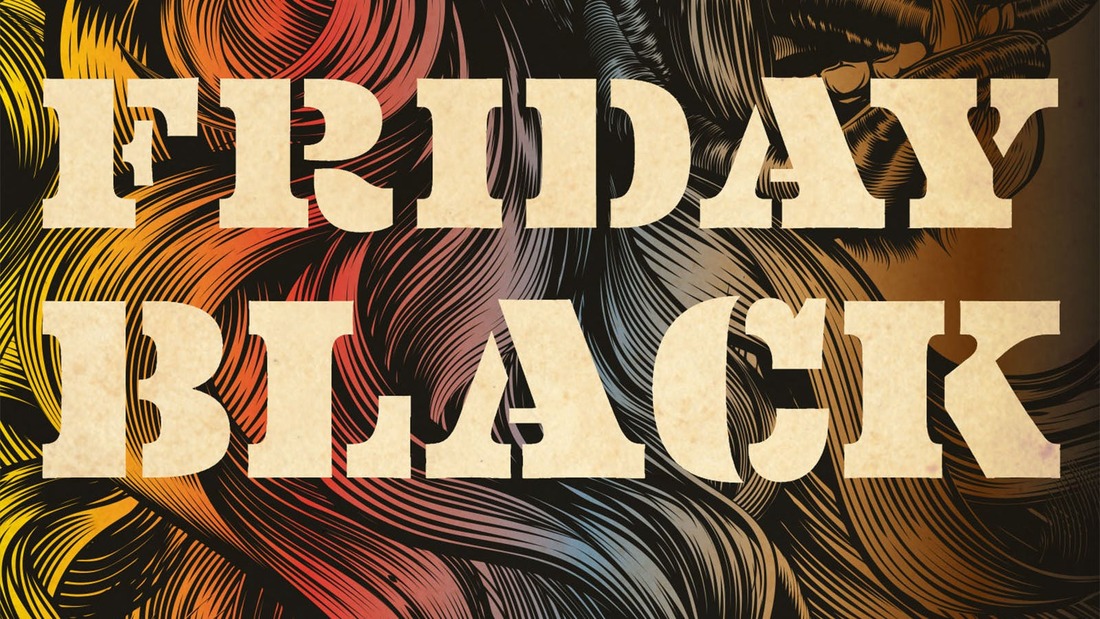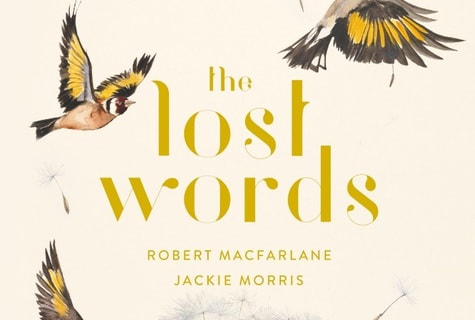 Aana Kwame Adjei-Brenyah, named a “5 Under 35” honoree by the National Book Foundation, has debuted with a fierce collection of 12 unnerving and unpredictable short stories, tackling racism, hyper-consumerism and the glorification of violence. “Friday Black” opens with “The Finkelstein 5,” a tale of five black children who are decapitated with a chainsaw outside a public library. Emmanuel, a young black man who has learned to “dial down his blackness,” prepares for a job interview against the backdrop of the controversial acquittal of the child slayer and the protests it sparks as black people commit violent acts against whites in revenge for the killings. This fire and brimstone reckoning reveals the brutal prejudices still at work within our justice system and our culture. The parallels to recent events, particularly the 2012 fatal shooting of 17-year-old Trayvon Martin by George Zimmerman, who was also acquitted, are unmistakable. One tale depicts a theme park, “Zimmer Land,” in which white people play out simulations of violent racist fantasies where young black men clad in protective armor appear to die from the high-velocity impact of faux bullets. Adjei-Brenyah’s grim stories are like small nightmares that draw on real-life events. “Lark Street” is about a man haunted by the aborted fetuses of his girlfriend, as they snuggle up on his pillow, competing for his affection and pleading for their lives. And in the Orwellian love story of “The Era,” some children require injections of “Good.” Another tale realizes a purgatory afterlife occupied by the spirits of a school shooter and one of his victims. And a nuclear-apocalypse Groundhog Day recurs in "Through the Flash." A trio of stories,“Friday Black,” “In Retail” and “How to Sell a Jacket as Told by IceKing,” unfold within a mall, which is filled with a predictable daily monotony, save the regularly occurring Black Fridays. These are the days when shopper deaths are expected as the inevitable consequence of bargain hunters stabbing competitors with stiletto heels. Friday Black may be the publishing world’s addition to the vibrant pop-culture trend of new black surrealism. Films such as “Get Out” and “Sorry to Bother You,” or Donald Glover projects like “Atlanta” and “This Is America,” gain impact from a kind of absurdist framing, which this book shares. The surrealism “allows us to address the absurdity head-on,” Ytasha Womack writes in her book, “Afrofuturism: The World of Black Sci-Fi and Fantasy Culture.” “Sometimes you have to be irreverent. Sometimes the situation is so absurd that the only way to address it is to be absurd.” This at once searing and witty social critique is worth the read. ~Ann Scott Published Feb. 22, 2019, Aspen Daily News
0 Comments
"Once upon a time, words began to vanish from the language of children. They disappeared so quietly at first almost no one noticed – fading away like water on stone. The words were those that children used to name the natural world around them: acorn, adder, bluebell, bramble, conker – gone!”
In “The Lost Words,” Robert Macfarlane and Jackie Morris have created a wondrous book that evokes the wildness and beauty of our natural world. It also inspires us to get out and explore and counters our distracted state of nature deficiency. The book came about when it was discovered that the most recent edition of the Oxford Junior Dictionary had displaced a number of words in favor of more contemporary ones. Many of the dropped words were those concerning nature: fern, heron, starling, willow and wren, and in their place were words that came with our high-tech lives: blog, broadband, cut-and-paste. Sure, there are larger dictionaries, but this was a worrying example of our growing disconnect with nature, being replaced by a virtual world and its vocabulary. In his introduction, Macfarlane describes “The Lost Words” as a spellbook, that “by the old, strong magic of being spoken aloud … will summon the lost words back into the mouth and the mind’s eye.” Each lost word is captured poetically in an acrostic verse, and reading them, you can feel the substance of the words roll in your mouth and off your tongue with alliterative ease. A dandelion is a “little sun of the grass, a tiny time-machine (tick-tock, sun clock, thistle & dock),” a kingfisher, “the colour-giver, fire-bringer, flame-flicker, river’s quiver.” The illustrations done by Jackie Morris are perfectly matched to the richness of the words. She observes with the eye of a naturalist, capturing the down of a feather or the organic feel of bramble or heather. Her paintings feel old-worldly, like an ancient fresco, or like a gilded Japanese byobu screen, bringing birds, water, landscapes and a natural aesthetic into the room. In other places, she imagines the absence of the creature or plant, their outline disappearing into negative space and their word lost on the page in a scattering of letters as though a typographer discarded their letter blocks on the ground. We are lucky in this valley to have the exposure and an appreciation to nature – it is a tribute to all those who reintroduce us to this world, to our naturalists at ACES and the Roaring Fork Conservancy and many others, to our educators and parents who encourage us to explore. This book is also a great inspiration to get out and learn the words of the natural world around us. It is best read aloud, and shared with others, or given to a young person to learn ivy, lark, fern ... ~ Nathan Child Published Feb. 1, 2019 in Aspen Daily News |
Adult News & reviewsLibrary news, info about upcoming events, reviews of books and films, and a look at the topics that affect us as a library. Archives
July 2023
|
General |
Borrowing |
About |


 RSS Feed
RSS Feed
